I’m making a 90-minute drive through eastern Idaho, traveling along the Snake River and over Teton pass. My instructions are simple. Turn the music down and the air conditioning up. They didn’t say anything about speeding. So I’m speeding. I get pulled over 10 minutes away from my destination, where the limit drops from 55 miles per hour to 35. I didn’t slow down, but I immediately fess up when the officer approaches my driver’s side window.
“I’m speeding for a good reason,” I say in a rush, “There’s a wild bird in my back seat.”
The officer looks over my front seat to the dog crate on my back seat.
“It’s an injured osprey,” I say without smiling. “I’m its ambulance and it’s surprisingly hard not to speed.”
The officer raises his eyebrows in surprise. He asks for my license, but doesn’t ask me to open the crate. Good thing because that’s the other instruction I have to follow. Don’t open the crate. The bird will want out. The person I’m meeting in Victor is a trained raptor handler. She gets to open the crate, not me, and she’s opening a lot of crates lately.
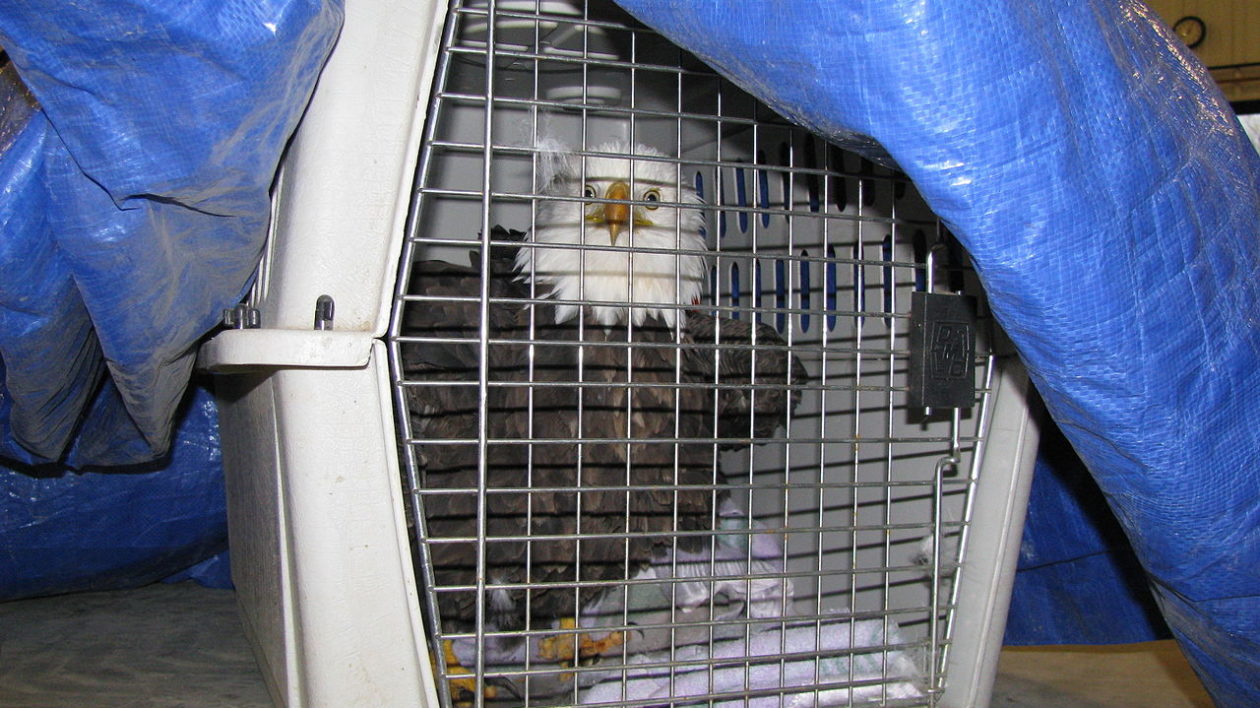
“Part of me thinks 2020 is just a crazy year for humans and animals,” says Jessica Schonegg, Teton Raptor Center interim rehabilitation director. “But here in Jackson, Wyoming, we are close to Grand Teton National Park and Yellowstone National Park. We’ve seen a lot more people getting outdoors so there are more people finding birds and more people on roads.”
Cars strikes are the number one reason injured raptors end up at Teton Raptor Center. It’s permitted to rehab raptors, including owls, osprey and falcons. It can only host crows, ravens and songbirds for two days. It averages 120 patients annually, but this year it’s already treated 130. The osprey I’m transporting is in decent shape so the injury is probably not vehicle related, but feathers are missing and it won’t fly.
I didn’t find the bird. I just volunteered to drive it over the mountain, a do-good mission which may have helped me collect a warning rather than a ticket. I’m a certified Idaho Master Naturalist and that puts me on the call list for wildlife transport emergencies. An Idaho Department of Fish and Game staffer saw the osprey hopping around on a golf green, crated it then called for help.
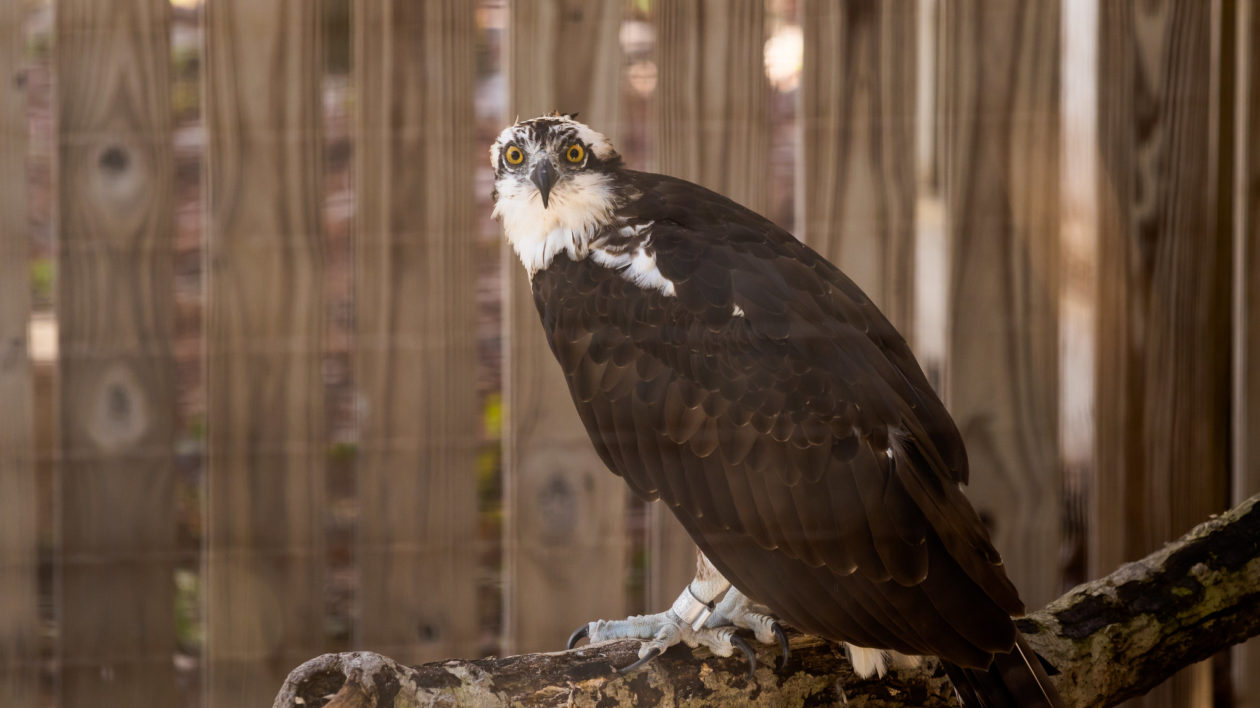
“It can be a shot in the dark, but we let the center know what the injury is and they tell us if it’s worth transporting,” says Gerren Steel, Idaho Department of Fish and Game volunteer service coordinator. “A wing injury that’s all twisted up is not something you can fix. Other injuries might be fixable so we call and the center decides.”
Wild birds aren’t named like pets when they’re admitted. They’re numbered. I transported OSPR8.25.20, a female so named by her arrival date at the center. She’s missing three of 10 primary flight feathers on her right wing and six of 12 tail feathers. They snapped off when she learned to fly or she barely escaped a predator.
There are no broken bones or joint problems so her injuries are rehab worthy. She has two injuries, not three. That matters too.
“If a bird has three significant injuries, that’s too much suffering and trauma,” Schonegg says. “That’s a lot to come back from and be successfully released. A great-horned owl hit by a car that has both wings broken and a broken leg, that’s three strikes. We should not treat that bird. We should let it have a peaceful passing.”
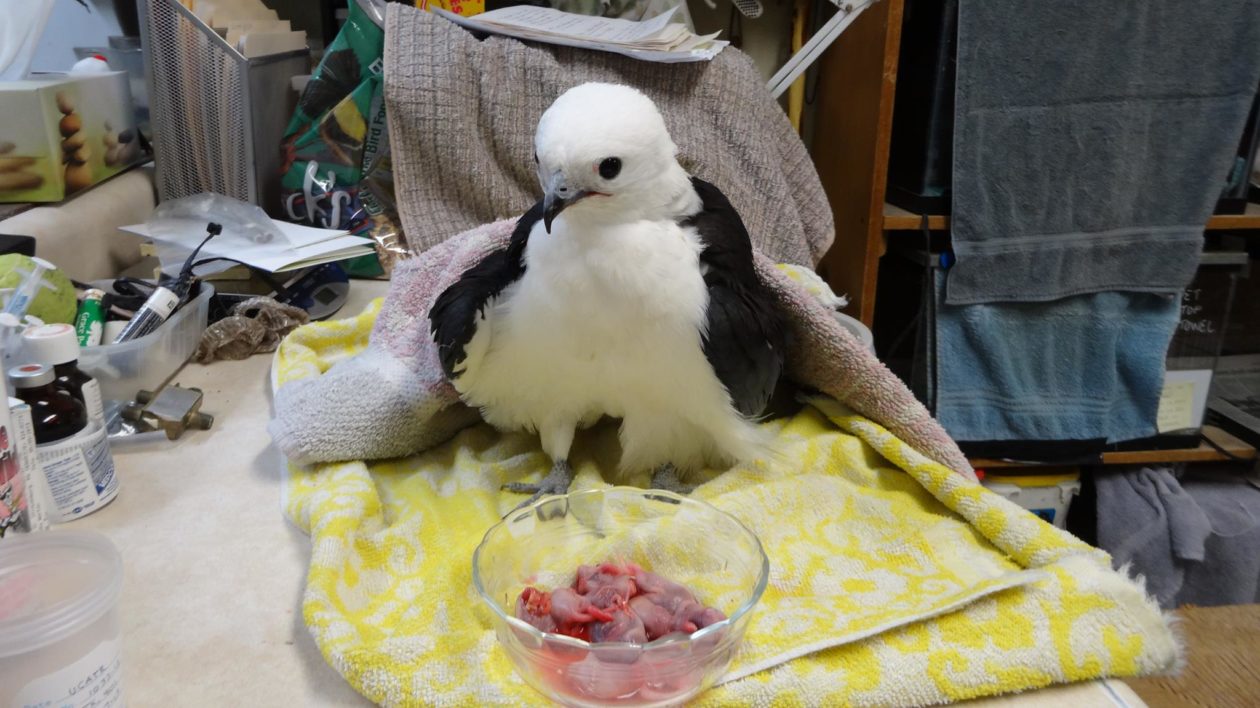
OSPR8.25.20 needs a well-managed diet and time to grow new feathers. If rehab works quickly, she’ll go back to Idaho’s wild just in time to migrate with the last of the osprey heading south in mid-October.
If she’s not ready by then, she’ll winter at the center and re-enter the wild when osprey return in April 2021. Her case is promising, but not all cases are. Some injuries don’t warrant rehab and some birds don’t need rescue.
“Young raptors leave the nest but don’t fly a lot, especially owls. They spend a lot of time on the ground,” Schonegg says. “We get a lot of calls about birds on the ground that can’t fly, but we try not to kidnap birds if we don’t need to.”
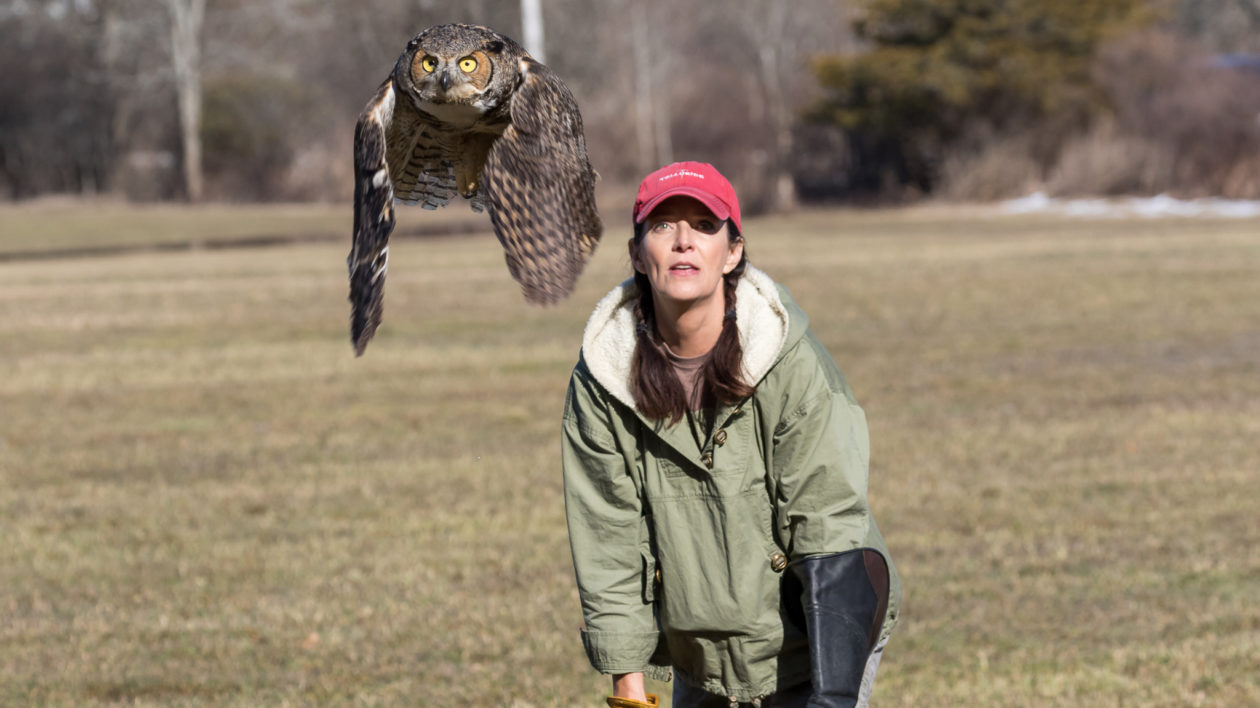
Here’s what to do when you find a grounded bird in your backyard or beyond.
Document: Take pictures or record video of the bird’s behavior. Keep your distance while doing this so you don’t add more stress to a bird that’s already stressed about being grounded. The rehabilitator will ask for photo or video so they can see what you see and determine the best course of action. They’re looking for signs of injury like a droopy wing, a limp leg or closed eyes.
Dial: Call your state wildlife agency or the nearest raptor center. Every state has a department that manages wildlife. They may not host injured animals, but they’ll know who does. Raptor centers can be operated by the government, but often are specialized non-profit organizations instead. The closest raptor center may be a few hours away, even in states that have multiple facilities.
Dark: The center may ask you to keep the bird safely covered in a dark place until they arrive. That means different things for different birds and has a lot to do with size. If the bird is palm-sized and barely moving, putting it in a box is doable. That’s out of the question for an angry eagle with a wingspan that’s wider than you are tall. Skip the box and try to cover a big bird with a blanket or towel that limits wing flap and what they see.
Diet: Refrain from tinkering with the animal’s diet. Raptors don’t drink water like we do. They don’t drink water like your dog does either. Raptors get much of their moisture from food. That food isn’t chicken and for many (ospreys being a notable exception) it isn’t even fish. Don’t offer wildlife food or drink while you’re waiting for help to arrive.
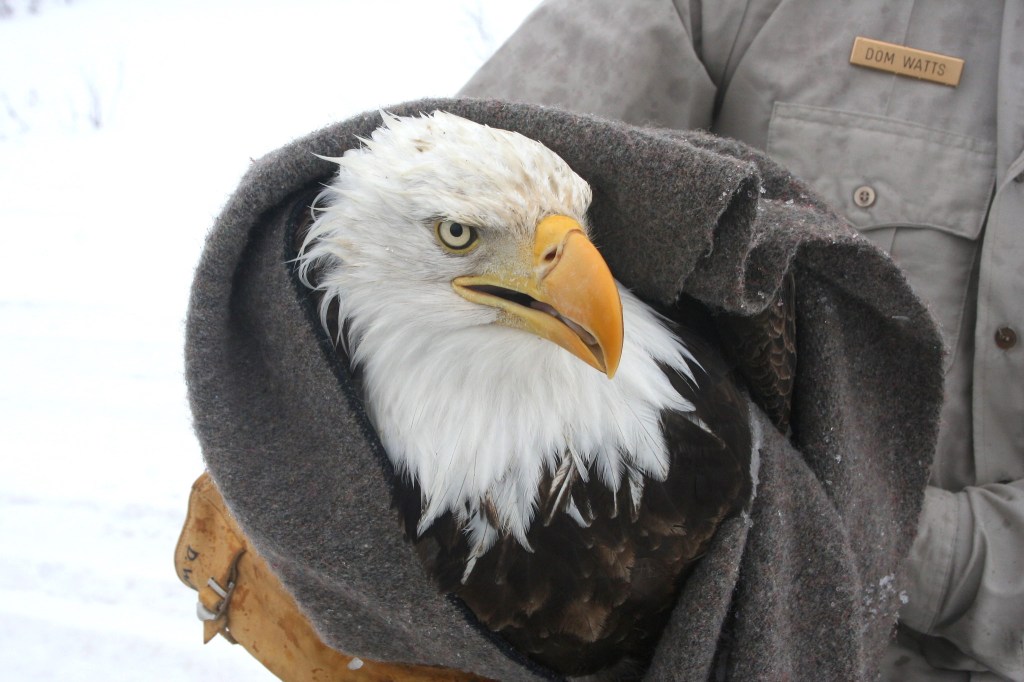



I recorded some cool bird calls, earlier this year from Cool Green Science that I still use today. I love having them. Thanks